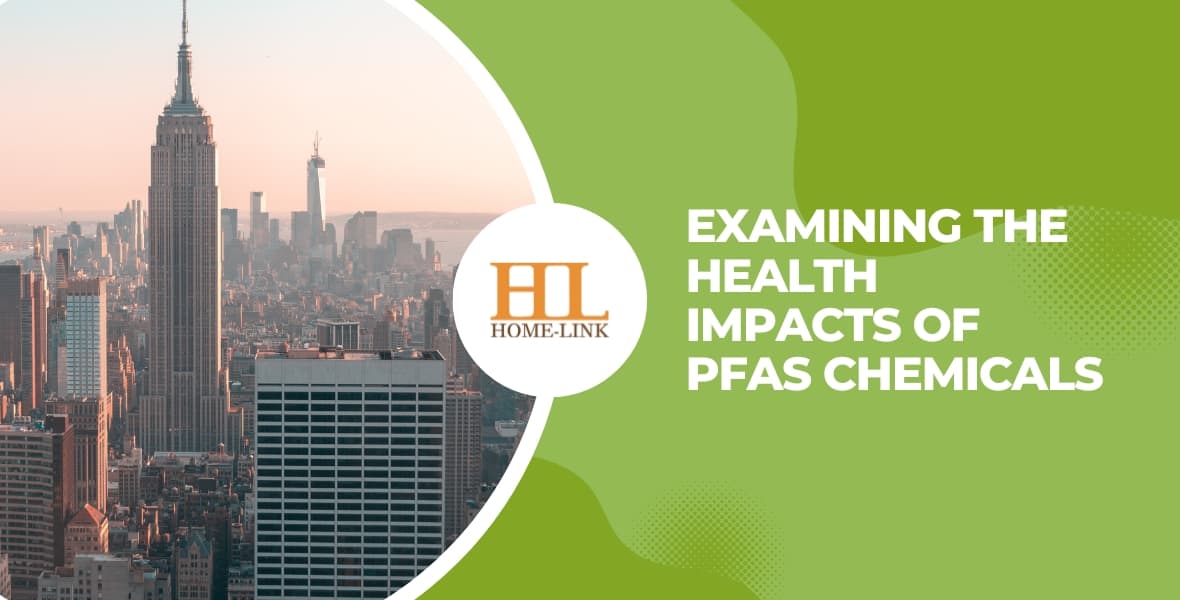Dubbed “forever chemicals,” PFAS is an abbreviation for perfluoroalky and polyfluoroalkyl substances, a family of potentially thousands of man-made compounds that are extremely resistant to being broken down in the environment and in humans. PFOS, PFOA and GenX are among the members of this group.
These compounds are marked by the robust chemical linkage of fluorine and carbon, making it extremely hard for them to break down in our environment or our bodies.
Since the 1940s, PFAS chemicals have been widely used in commercial activities due to their unique ability to prevent oil and water from adhering. This is evident in products such as Teflon nonstick surfaces, water repellants, paints, cleaning solutions, food containers, and firefighting foams.
Particles that remain in the environment and their continuing health effects
An increasing number of studies have demonstrated that exposure to PFAS may lead to detrimental effects on health, such as liver issues, thyroid issues, impaired fertility, high cholesterol, obesity, hormone disruption, and even cancer.
The substances can migrate to air, food, dust, land and water. Additionally, exposure to them through industrial settings or food packaging is also possible.
In Susan M. Pinney’s view, an environmental health professor at the University of Cincinnati, it is of great importance that people are aware of the presence of PFOA and PFOS in our environment. These materials possess qualities that enable them to remain in the environment and the body over a long period, and the amount of them can build up with time.
The human body tends to absorb PFAS chemicals, which show up in the blood, kidney and liver. Research conducted by the US Centers for Disease Control and Prevention in 2007 found that nearly all individuals in the US were found to have PFAS in their bloodstream.
Authorities implement certain measures
Pinney remarked that prenatal experience could have the most profound influence on the growth of children, and the consequences may endure until adulthood; however, the research is still in its infancy.
The Environmental Protection Agency has determined two PFAS chemicals, PFOS and PFOA, to be of particular concern as they are contaminants of emerging concern.
The Department of Health and Human Services (HHS) has recently released a report that examines the levels of contaminants in drinking water. The document outlines the potential health risks associated with such contaminants, as well as provides recommendations to reduce the amounts of these substances in drinking water. The report is intended to help ensure that Americans have access to clean and safe water.
Beginning in 2000, 3M, the primary producer of PFOS in the U.S., initiated the phase-out of its production. Then, six years later, PFOA was also taken off the market. Subsequently, neither PFOA nor PFOS is produced or imported in the US anymore; however, it has been suggested that “replacement chemicals like GenX may be just as persistent,” according to Pinney.
In the same year, the EPA issued a lifetime health advisory with no enforcement measures, suggesting that the combination of PFOA and PFOS in drinking water ought not to exceed 0.07 parts per billion.
In May of 2018, Scott Pruitt, at the time the Administrator of the Environmental Protection Agency, unveiled a four-step plan to eliminate Perfluorooctanoic Acid (PFOA) and Perfluorooctanesulfonic Acid (PFOS) from public drinking water. His plan included the initiation of steps to establish an enforceable maximum contaminant standard and the regulation of these two chemicals as a “hazardous substances”. Andrew Wheeler, the current acting EPA Administrator, is expected to soon share the finalized details of this plan.
Contamination is Everywhere
The Agency for Toxic Substances and Disease Registry, a branch of the US Department of Health and Human Services, released a draft report in June that suggested the “minimal risk levels” for oral exposure to PFOS and PFOA should be lower than the EPA’s current recommendations. The research found the EPA’s levels to be up to 10 times higher for PFOS, and 6.7 times higher for PFOA.
The Department of Defense has recognized a minimum of 400 bases or military installations, either in active use or closed, that have possible PFOS or PFOA contamination. This contamination is attributed to the utilization of firefighting foam that contained the pollutants as an ingredient, which then permeated the groundwater. At least 36 of the military installations have been identified by the Pentagon as having levels of PFOS and PFOA in the drinking water that surpass the EPA’s health advisory.
The Environmental Working Group has reported that approximately 110 million Americans may be drinking water contaminated by per- and polyfluoroalkyl substances (PFAS) from over 1,500 water systems.
Activated carbon filtration is an effective method of treating drinking water, even though these contaminants are usually impervious to typical chemical and microbial remediation techniques.

